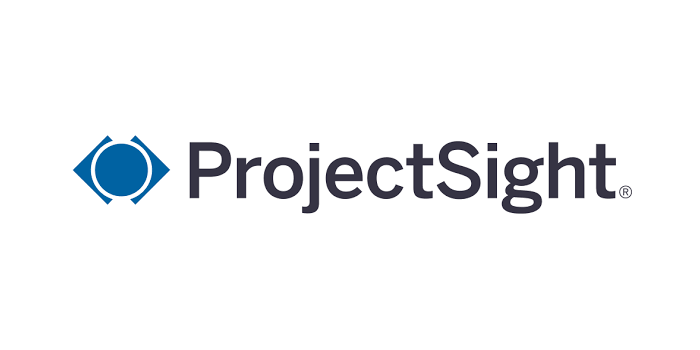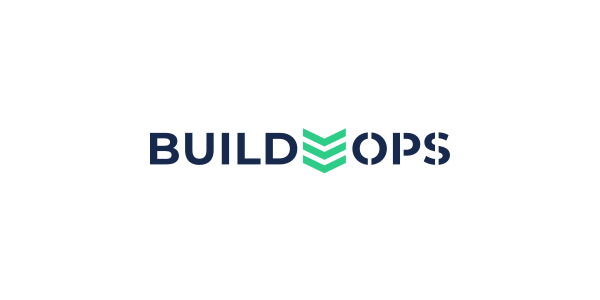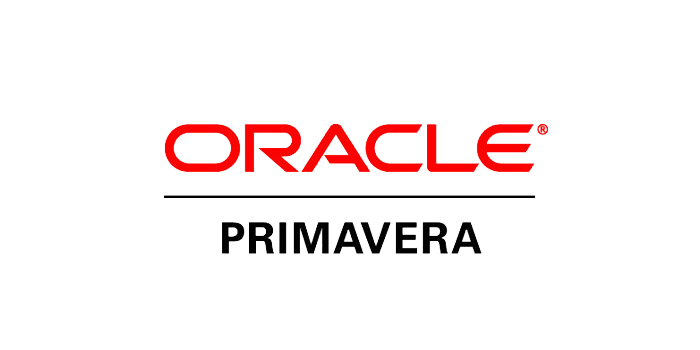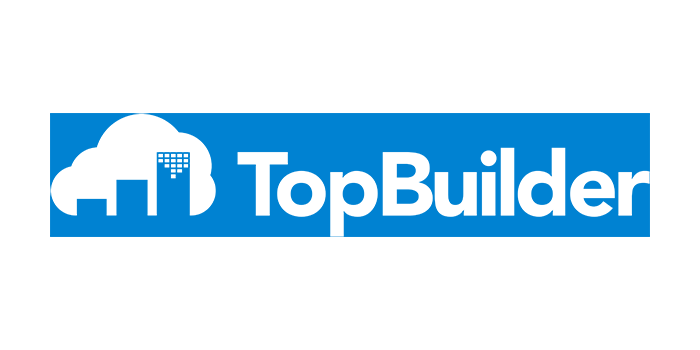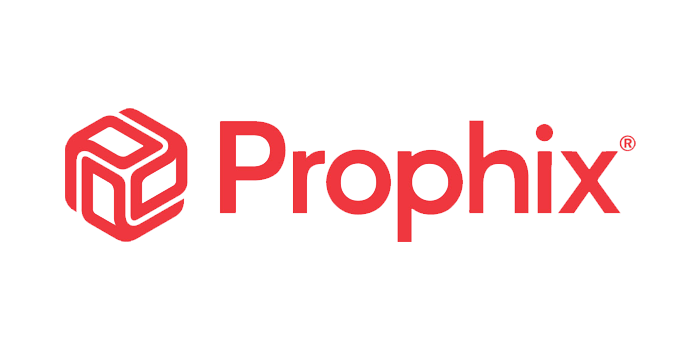
Article written by Brielle Regdos for CDP
In construction project management, selecting between accrual-based and cash-based accounting is a crucial decision. This depicts how a project’s financial health is assessed, how reports are generated, and how key decisions are made throughout the various stages of the project lifecycle. The accounting method chosen not only shapes the way revenues and expenses are recorded, but it also impacts compliance with regulatory standards, stakeholder reporting, and cash flow planning, each of which plays a pivotal role in the success and sustainability of construction businesses.
Accrual-based accounting is generally considered the more comprehensive and industry-standard method for medium to large construction firms. Under this system, revenues are recognized when they are earned, and expenses are documented when they are incurred, regardless of when actual cash is exchanged. This approach aligns well with the percentage-of-completion and completed-contract methods commonly used in the construction industry. A simple example of this method would be: If a contractor completes 40% of a $1 million project, they may recognize that percentage in revenue, even if the client has not yet made a payment. This enables accurate tracking of progress billings and work-in-progress (WIP) assets and liabilities, ensuring that all incurred costs—such as subcontractor payments, material purchases, and labor—are reflected in the same period the work was performed. As a result, accrual-based accounting provides a much clearer and timelier financial snapshot of a project’s status and profitability.
One of the primary advantages of accrual accounting in construction is its ability to deliver a realistic and consistent view of a project’s financial standing, which is particularly beneficial when managing long-term contracts or multiple phases. It facilitates better matching of costs and revenues, helps forecast earnings, and supports adherence to Generally Accepted Accounting Principles (GAAP) and International Financial Reporting Standards (IFRS), which are required for publicly traded companies and large contractors. However, this method also introduces complexity. It demands meticulous WIP tracking, rigorous controls over revenue recognition, and detailed documentation for audit and compliance purposes. Since revenue can be recognized before cash is actually received, there is a risk of cash flow mismatches, and projects may appear profitable on paper even while cash reserves are strained.
On the other hand, cash-based accounting offers a much simpler and more intuitive approach, particularly suited to small contractors or businesses managing short-duration projects with straightforward billing structures. In this method, revenue is only recorded when payment is received, and expenses are logged only when money is paid out. Using the same scenario as before, even if a contractor completes 40% of a project, no revenue is recorded until the client actually makes a payment. This simplicity helps contractors maintain a clear, real-time understanding of their cash position, making budgeting and short-term financial planning more manageable. It’s easier to implement and requires less administrative effort since it avoids the complexity of estimating earned revenues or tracking unpaid invoices.
However, the ease of cash-based accounting comes with notable limitations. It can distort the true financial performance of ongoing projects, especially when payment delays are common or when significant portions of a contract are completed but not yet paid. As a result, this method may underreport income during busy project phases and overstate income when payments from previous work arrive all at once. Because it does not comply with GAAP or IFRS standards, cash accounting is not suitable for larger contractors or those seeking to grow and take on more complex, long-term contracts.
Accrual accounting is better suited for construction management companies—especially medium to large firms—because it provides a more accurate and timely picture of a project’s financial performance. By recognizing revenues and expenses when they are earned or incurred, rather than when cash is exchanged, it aligns closely with the percentage-of-completion and completed-contract methods commonly used in the industry.This approach allows for effective tracking of progress billings, WIP’s, and cost matching across project phases, which is essential for managing long-term or complex projects. It also ensures compliance with GAAP and IFRS, which is necessary for larger contractors and firms working with external stakeholders. While it is more complex and requires detailed documentation and revenue recognition controls, accrual accounting supports better financial forecasting, reporting accuracy, and decision-making, making it the preferred and more reliable method for construction management companies aiming for growth, compliance, and long-term sustainability.
Contact CDP to learn more about cash and accrual methods, and how the right construction accounting platform can help transform your business.


